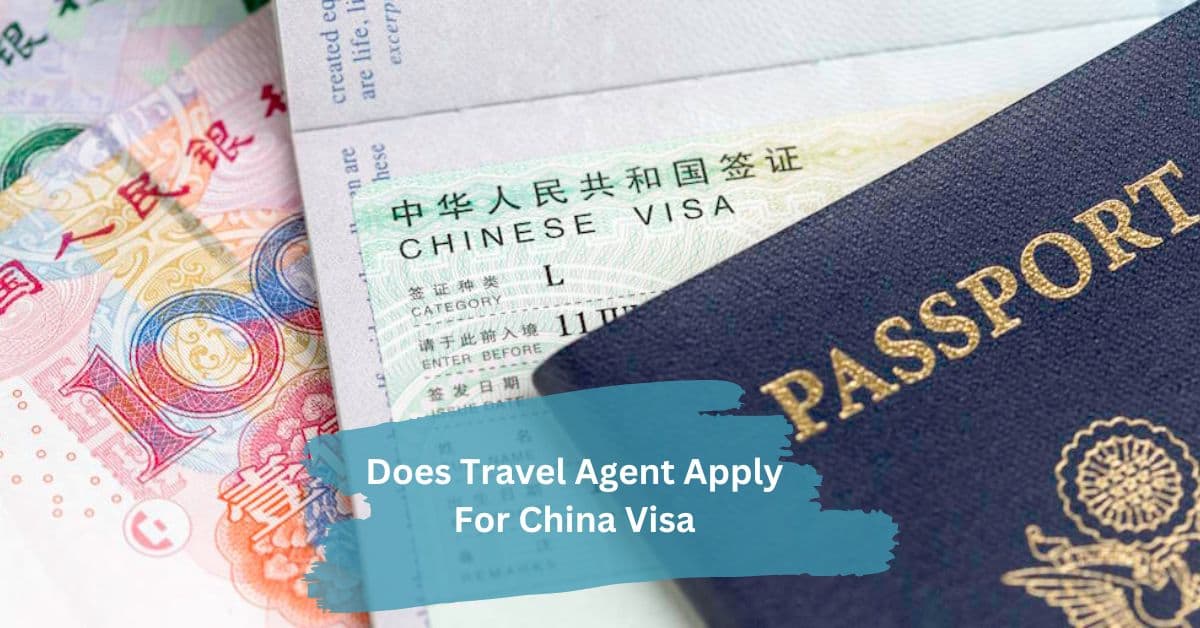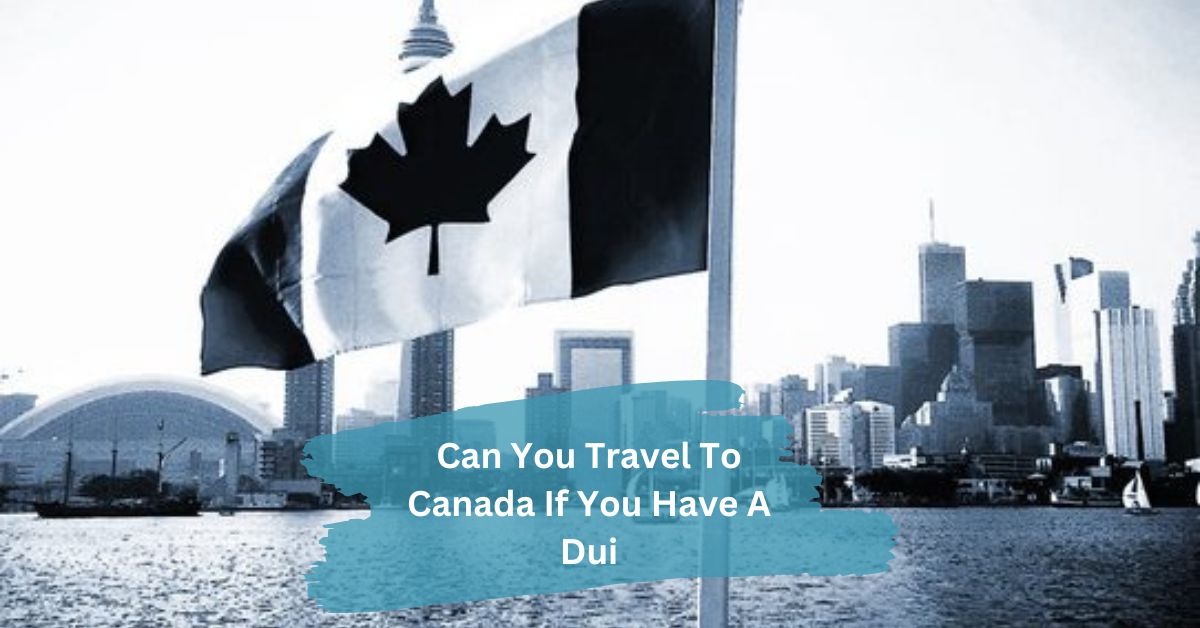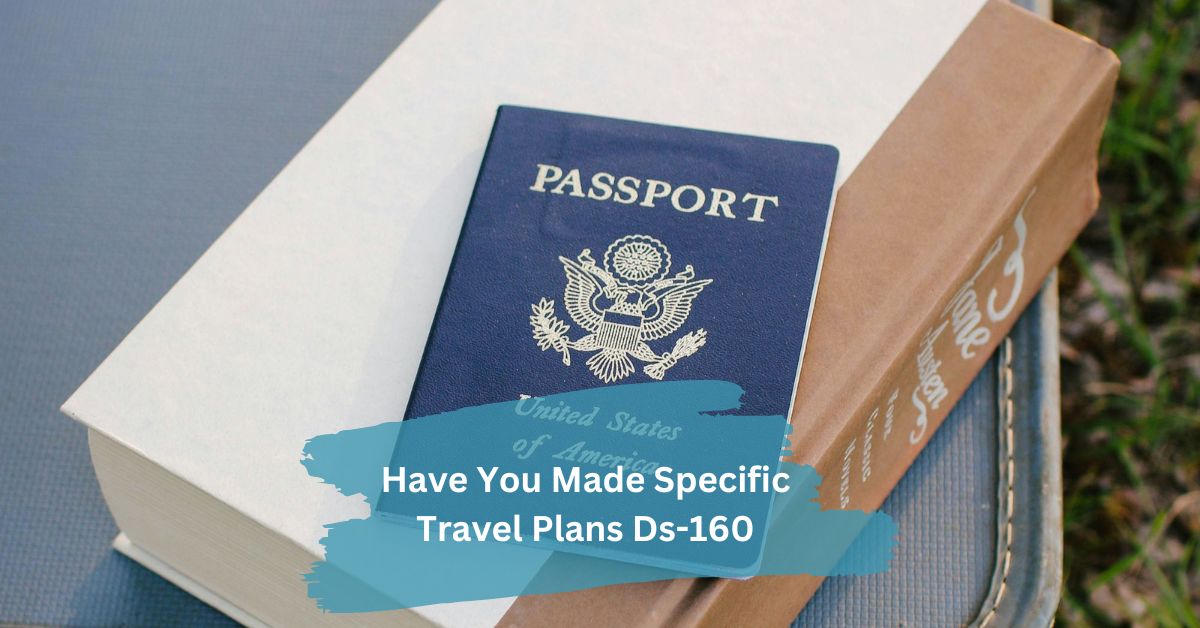
Can you travel with candles? Yes, but it requires careful packing. I once traveled with a few scented candles in my carry-on, making sure they were well-wrapped to prevent damage and meet TSA regulations.
Yes, you can travel with candles. Pack them carefully in your checked or carry-on luggage and make sure they meet airline and TSA guidelines for safe transportation.
Introduction To Travel With Candles
Yes, you can travel with candles, but it’s important to follow the rules and regulations. Candles are typically permitted in both checked and carry-on luggage, although TSA may inspect them. Properly packing them with padding helps avoid damage during travel. Adhering to safety regulations ensures a hassle-free journey.
What Is A Travel Candle?
A travel candle is a specially designed candle for use during trips, vacations, or on-the-go activities. Unlike standard candles, travel candles are designed to be compact and durable, making them suitable for packing in luggage without the risk of breaking or spilling.

They often come in lightweight containers, such as metal tins, strong glass jars, or other heat-resistant holders with secure, tight-fitting lids to ensure that the wax and fragrance are well preserved.
Travel candles are popular for several reasons:
- Portability: Their small size and sturdy packaging make them ideal for packing in a suitcase or carry-on bag without taking up too much space or adding excessive weight.
- Convenience: Many travel candles are designed to burn evenly and for short periods of time, perfect for short-term use such as overnight stays or weekend getaways.
- Atmosphere and Comfort: A travel candle allows travelers to recreate a sense of home or comfort in unfamiliar surroundings. Lighting a candle with a familiar scent can help reduce stress and create a calm, inviting atmosphere in hotel rooms, vacation rentals, or even camping setups.
- Variety: Travel candles come in an array of scents and styles to suit different preferences, including florals, woods, or calming scents like lavender or vanilla. Some also include natural or soy-based beeswax to burn the cleaner.
- Practical Uses: Outside of the environment, travel candles can provide soft light, especially in situations where soft light is preferred, or during power outages.
Can You Travel With A Candle In Your Carry-On?
Yes, you can travel with a candle in your carry-on, but there are some important guidelines and precautions to keep in mind. Here is a detailed explanation:
1. TSA and Airline Regulations:
TSA (Transportation Security Administration) regulations state that candles are typically permitted in carry-on luggage. There are no restrictions on the carry-on or checked baggage of solid candles, such as regular wax or scented candles. It’s wise to verify with your airline, though, as some can have different policies about what can and cannot be brought on board.
2. Type of Candle:
- Solid candles: These are the most travel-friendly and are usually allowed in your carry-on. They contain no liquid hazards and are easy to pack safely.
- Gel candles: These can be treated differently because they can be considered a semi-liquid. Gel candles may be subject to the 3-1-1 rule for liquids and gels, which limits containers to 3.4 ounces (100 ml) or less and must be placed in a clear, quart-sized plastic bag. There is a need.
3. Security Screening:
Although the TSA allows solid candles, it is possible that they may inspect them during screening. Candles, especially those with unique shapes or scents, may prompt a security officer to scrutinize them more closely to ensure they do not contain prohibited substances.
4. Packing Tips:
- Protective Wrapping: To prevent damage or wax breakage, wrap candles in bubble wrap or soft cloths and store them in a sturdy container.
- Space management: Keep candles in an accessible place inside your carry-on in case they need to be inspected during security checks.
- To avoid the risk of melting: Consider the temperature of your destination, especially if you’re traveling to or from a warmer climate. Excessive heat can cause candles to soften or melt, so using containers with secure lids can help prevent spills.
5. International Travel:
If you are flying internationally, regulations may vary by country. It is recommended to check the customs regulations of both your departure and arrival countries to confirm whether candles are allowed in carry-on luggage.
6. Practical Considerations:
Bringing a candle in your carry-on can be a great way to add comfort and familiar scents to your travel experience. However, it’s best to choose smaller, travel-sized candles for easy packing and to adhere to space and weight limits.
Are Candles Classed As Flammable?
The classification of candles as flammable or not depends on the context and the type of candle involved. Here is a detailed explanation:

1. Basic Composition of Candles:
Candles are primarily made of wax, which can be paraffin, soy, beeswax, or other materials, combined with a wick. The wick, when lit, draws the molten wax upward to expand the flame. This controlled burning process is what produces light and heat. While candles are designed to burn, they do not burn themselves without an external flame or a sufficiently high heat source.
2. Flammability Classification:
- Solid State: In their solid, unlit form, most candles are not considered flammable. They do not catch fire easily without direct contact with an open flame or heat source that could ignite the wick. The wax itself, in a solid state, usually has a high ignition point.
- Lit condition: Once a candle is lit, the flame is considered a fire hazard, as it can ignite other nearby materials. This means that candles are designed to burn safely, but are flammable when they burn.
3. Regulatory Perspective:
From a transportation and safety regulation standpoint, solid candles are generally not classified as hazardous or highly flammable. This is why they are allowed checked and carry-on baggage without any strict restrictions. However, some types of candles, such as those made from volatile or highly scented materials, may in rare cases cause concerns due to additives that may behave differently.
4. Candle Types and Special Cases:
- Gel candles: These can pose a greater risk than standard wax candles because some gel candles contain ingredients that are more flammable and have a lower ignition point.
- Aerosol candle sprays: If you see aerosol products that are used to scent a place like candles, they are usually considered flammable due to the propellants and solvents used in their formulation.
5. Fire Safety and Storage:
Although solid, unlit candles are not classified as flammable, fire safety precautions should be followed:
- Proper Use: Always place candles on a stable, heat-resistant surface, away from flammable materials when in use.
- Storage: Store candles in a cool, dry place to prevent spoilage or melting, especially in hot weather.
FAQ’s
1. What All Is Not Allowed In A Flight?
Flammables, sharp objects, liquids over 3.4 ounces and explosives are generally not permitted on flights. Always check TSA guidelines before packing.
2. Are Candles Hazardous To Ship?
Candles are generally not dangerous to ship, but there are shipping regulations regarding flammable goods, so it’s important to pack them securely and check the carrier’s policies.
3. Can You Take Sparklers On A Plane?
No, sparklers are classified as hazardous materials and are prohibited on both carry-on and checked luggage due to their flammability.
4. Is Burning Candles Bad For Your Lungs?
Burning candles can release indoor air pollutants, including soot and chemicals, that can irritate the lungs, especially if burned in poorly ventilated areas.
5. Can I Sleep With A Candle On?
Sleeping with candles is not recommended due to fire hazards. Always blow out candles before going to sleep to ensure safety.
Conclusion:
Can you travel with candles? Yes, you can, but airline and TSA guidelines must be followed. Proper packing and choosing the right type of candle ensures a smooth travel experience. Always check for any specific restrictions before your trip.






























